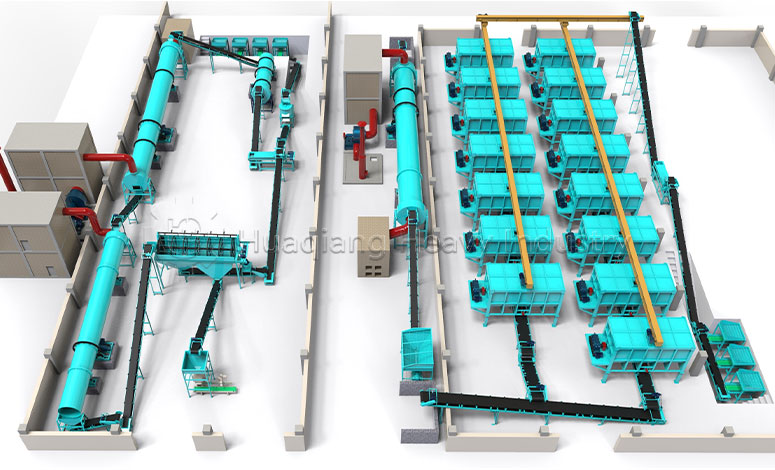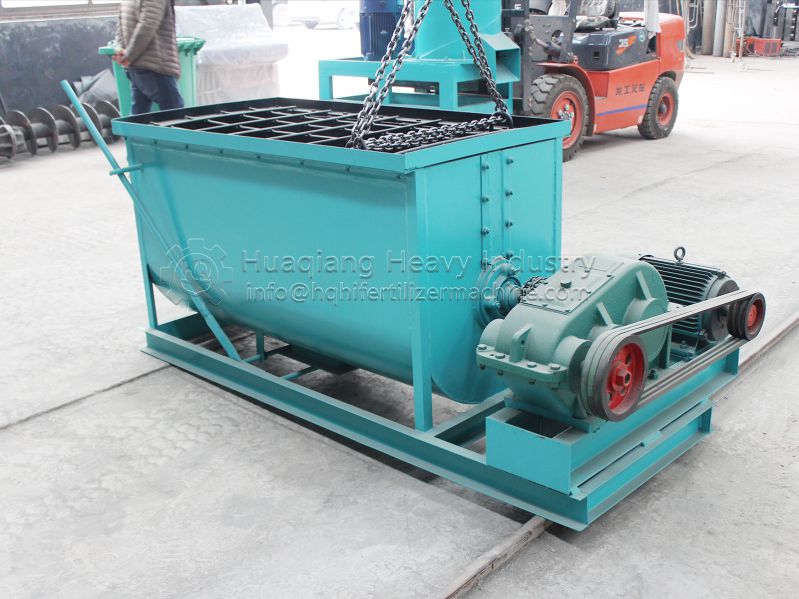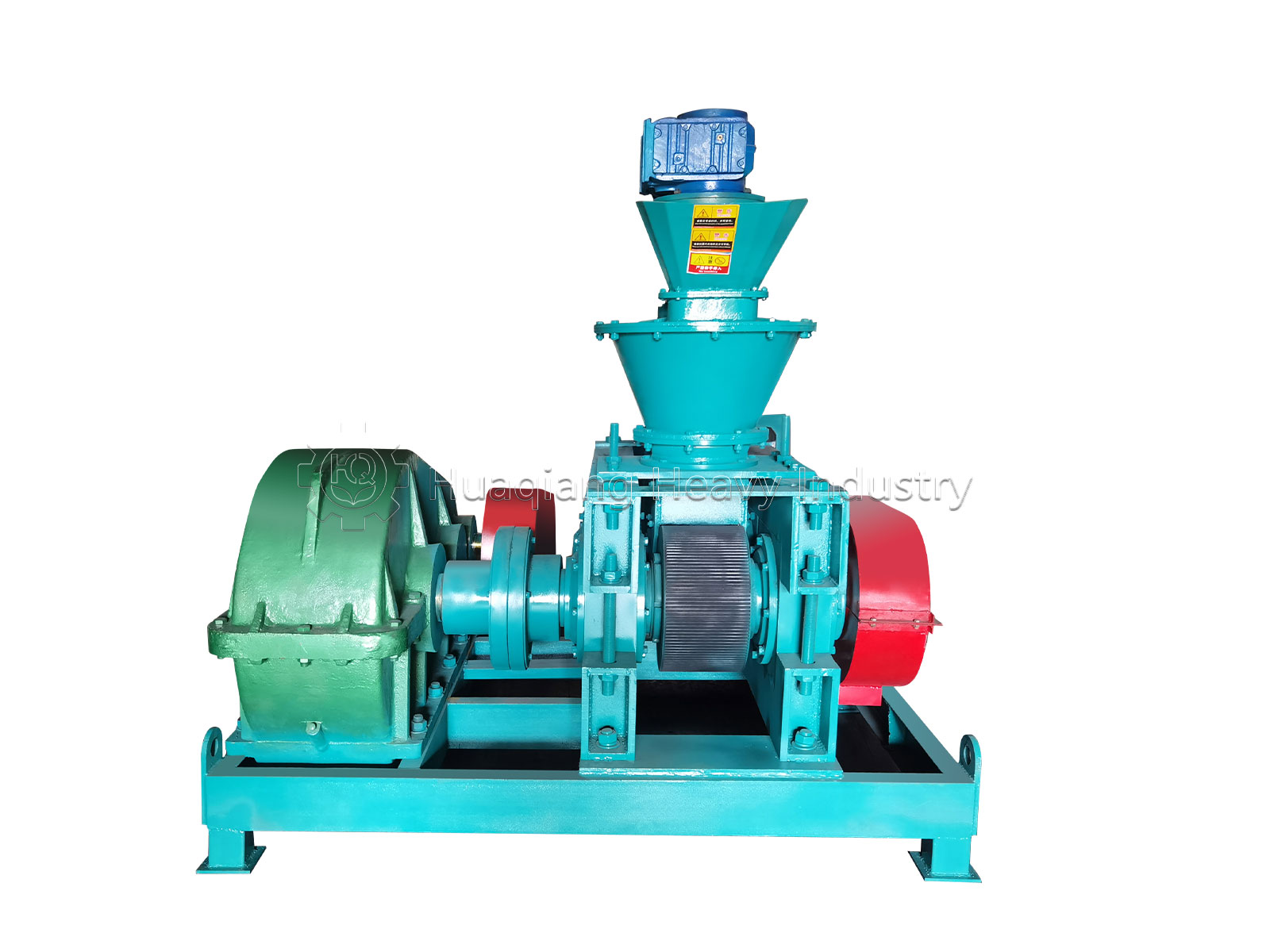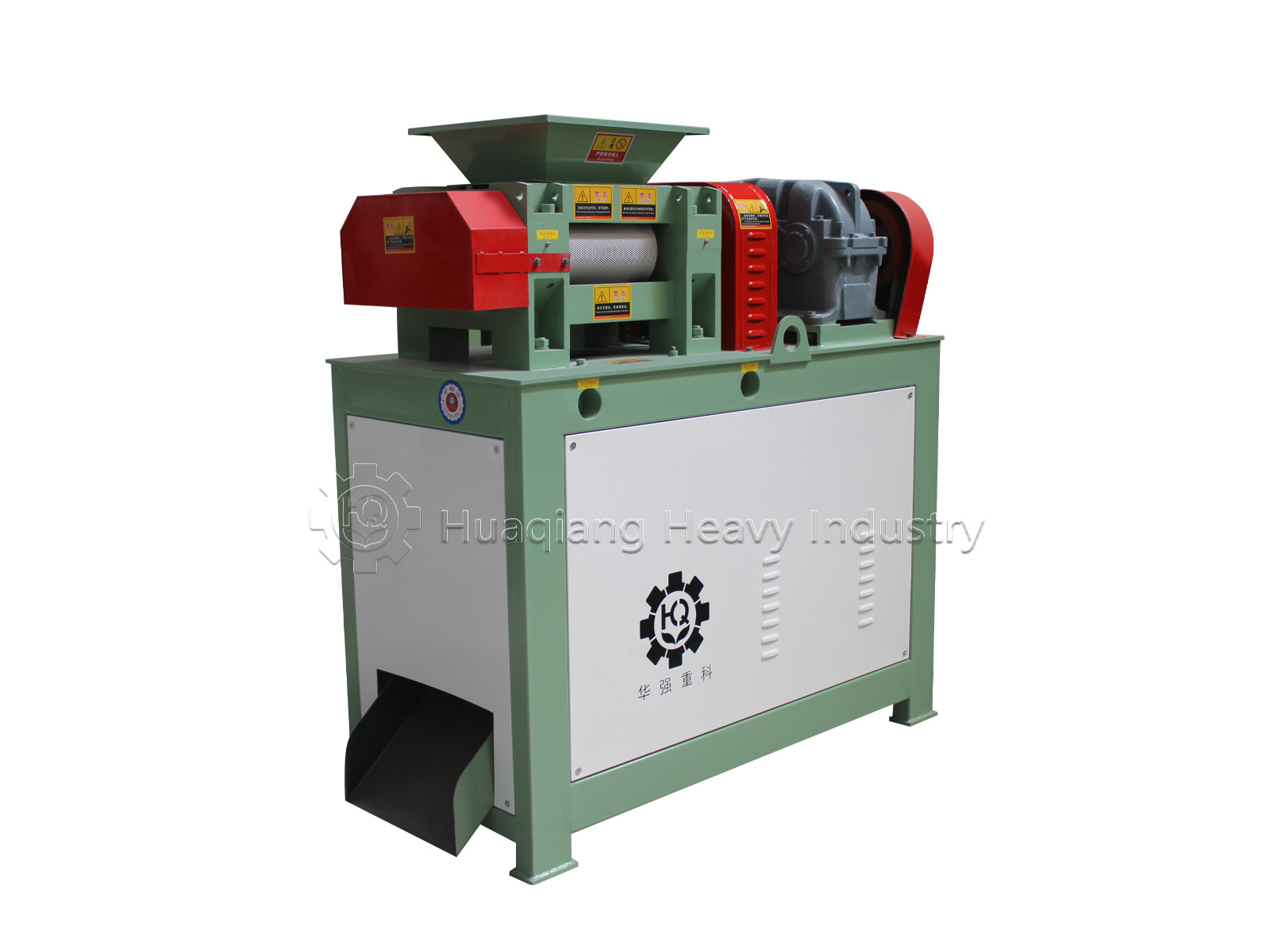Choosing the site for a fertilizer plant is just as important as selecting core equipment, such as NPK fertilizer granulators or organic fertilizer granulators. A poor site selection can disrupt operations, ranging from drum granulation line shutdowns to cost spikes, ultimately compromising the efficiency of the entire organic fertilizer production line.
Two unshakable principles guide this decision: First, strictly avoid red lines, such as ecologically sensitive areas or areas with strict emission restrictions. These restrictions can even render high-performance equipment, such as rotary drum granulators (a staple of NPK and organic mixed fertilizers), inoperable, as non-compliance would force production halts. Second, fully utilize existing supporting infrastructure. Proximity to raw material suppliers reduces transportation costs for powdered raw materials, while stable power and water sources ensure uninterrupted operation of the fertilizer granulator system, whether used for NPK drum granulation or processing in an organic fertilizer production line.

A good site does more than just house the equipment; it works in tandem with tools like NPK fertilizer granulators and rotary drum granulators, transforming individual machines into a smooth, cost-effective production chain, avoiding costly interruptions. Would you like me to adjust the focus in the revision to place more emphasis on NPK fertilizer production or organic fertilizer production?
Avoiding Environmental Red Lines
First, strictly avoid “red line areas.” Fertilizer production, especially organic fertilizer (made from livestock manure and crop straw), produces odor and wastewater. Therefore, to comply with environmental regulations, plants must be located away from residential areas (at least 1 kilometer) and water sources (such as rivers and groundwater conservation areas).
Case Study: A small organic fertilizer plant in Jiangsu Province was forced to relocate in 2023 because it was located 500 meters from a village, frequently received odor complaints, and faced the risk of fines.

Benefits of Industrial Parks
Industrial parks are an ideal choice for new plants. These parks offer shared supporting facilities such as centralized wastewater treatment, steam supply, and waste disposal, reducing initial investment.
Success Story: A nitrogen, phosphorus, and potassium compound fertilizer plant in a Shandong chemical park saved over $200,000 by using the park’s wastewater treatment system rather than building its own. Industrial parks also have pre-approved environmental zones, simplifying later compliance checks.
Other Practical Considerations

Other practical factors are also important. Proximity to raw materials can reduce transportation costs: organic fertilizer plants located near large livestock farms can reduce manure transportation costs by 30%. For NPK fertilizer plants, proximity to ports or highways facilitates the import or transportation of urea, phosphates, and potash.
Also, check local land use planning—some areas restrict industrial development in agricultural areas, so first confirm whether the land meets these requirements.
Site selection is more than just finding a piece of land. It requires striking a balance between environmental compliance, cost control, and operational convenience. By selecting an industrial park and avoiding sensitive areas, fertilizer plants can lay a solid foundation for smooth operations.










